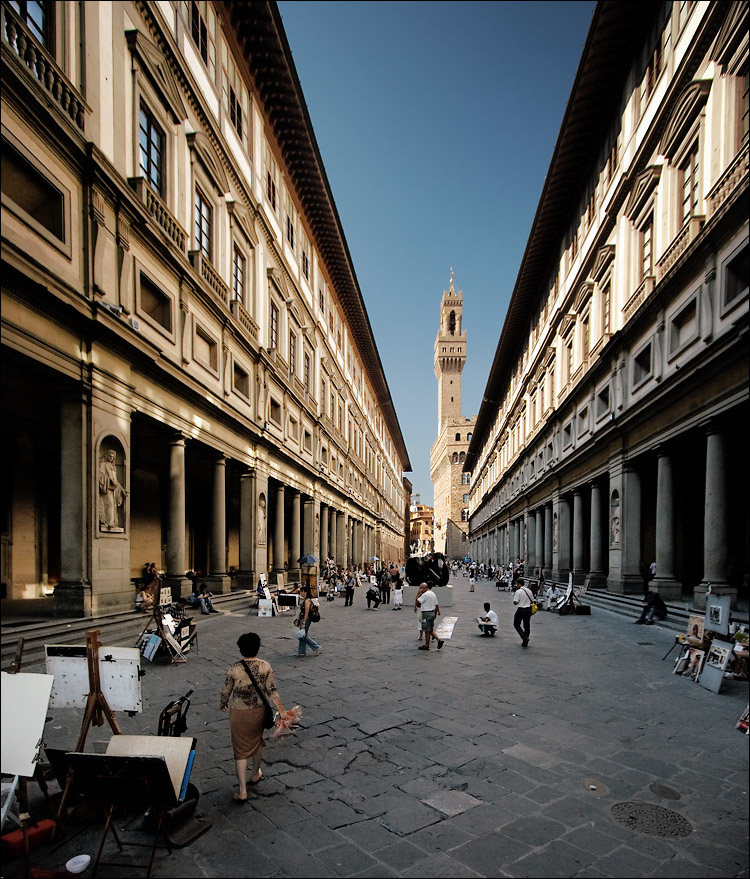
Florence’s Uffizi Gallery has announced the launch of a new programme to share works from its collection of Renaissance masterpieces with more than 100 smaller museums and exhibition sites across the Tuscany region. Called ‘Uffizi Difusi’ (‘Diffused Uffizi’), the programme is hoping to create jobs, draw attention to lesser-known areas and help spread the traffic of tourists once travel resumes.
‘Art can’t survive on big galleries alone,’ director Eike Schmidt told CNN. ‘We need multiple exhibition spaces all over the region – especially in the places where the art itself was born.’ The venues will be selected for their historical connection with the works, and could include Forte Falcone on the island of Elba, where the Uffizi hopes to show works related to Napoleon – who was famously exiled there – in time for the 200th anniversary of his death. Terme del Corallo in Livorno, a former early-20th-century Art Noveau-style spa complex, and the Villa Medici at Careggi outside Florence are also looking to take part in the programme.
‘Uffizi Diffusi’ is an update of sorts to a proposal announced last May by Schmidt, in which he suggested the state institution would be seeking to ‘return’ works to churches and smaller venues. Jamie Mackay wrote for ArtReview last June about Schmidt’s reference to the theory of the museo diffuso, first introduced by a group of architectural theorists in the 1970s. ‘In recent years, this concept has come back into vogue largely thanks to the work of Antonio Paolucci, ex-Director of the Vatican Museums, who has been calling on his colleagues to take advantage of a variety of tools, from digitisation, to educational outreach programmes, to moving some artworks themselves, as part of a broader effort to democratise the nation’s cultural heritage.’ In many cases, this would also mean returning items to their original contexts since, as he points out, ‘the museum is home to hundreds of pieces that were forcefully removed from local towns and villages during the suppression of the monasteries in the seventeenth to nineteenth centuries, and others that were simply borrowed and then forgotten about.’
Read the full story: Is ‘The Diffused Museum’ the Future of Experiencing Art?